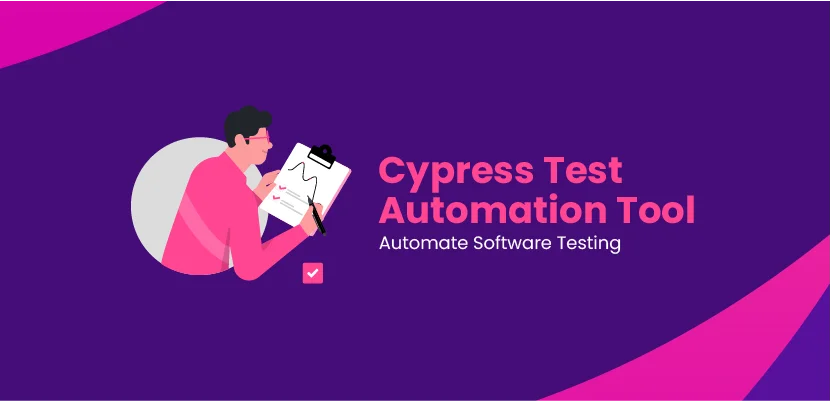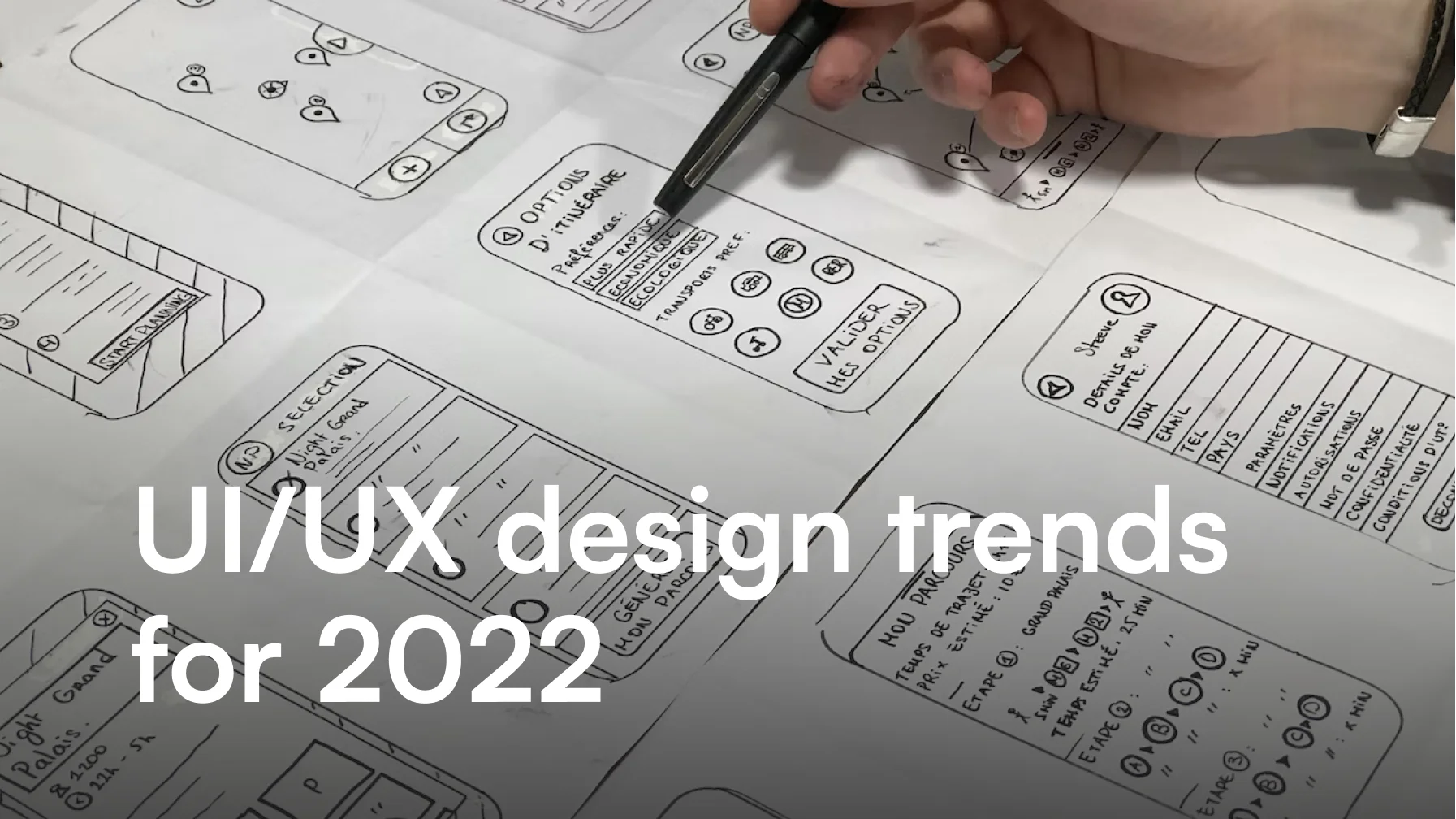Unveiling the Power of Dynamic Content in WordPress: What You Need to Know

Krzysztof Hubnicki

The Basics: What is Dynamic Content in WordPress?
Simply put, dynamic content in WordPress refers to any element on your website that isn’t static. If you recall old HTML-only websites, you would know what a static website feels like. Essentially, dynamic content is any part of the site that can adapt its behavior based on factors such as user characteristics, their previous actions, or even data from widgets like weather or calendar.
The Types of Dynamic Content
Dynamic content can manifest in various forms on your website. Here are some examples:
| Type | Description |
|---|---|
| Landing Page | Entry point for clients to your products and services. The information can be customized based on the visitor. |
| Posts and Articles | These should dynamically adjust to the user’s device and viewport size. |
| Product Pages | E-commerce sites use dynamic pages to display related products, offers, coupons, etc. |
| Forms and Purchase Fields | The checkout process can be customized, e.g., clients can check offers on related products. |
| Emails and Newsletters | Emails with a customized name field make the offer appear more personal. |
| Ads | Based on the visitor’s search and browsing history, ads display personalized content. |
Benefits of Using WordPress Dynamic Content
Dynamic content can bring about several benefits for your WordPress website. These include personalized user experience, screen size responsiveness, smooth navigation, easy updates, and improved Key Performance Indicators (KPIs).
When to Use WordPress Dynamic Content
Despite its numerous advantages, incorporating dynamic content is not always necessary or desired. For instance, static websites like resumes and portfolios do not require dynamic content. However, if your WordPress website has a lot of content, frequently changing content, complex design, different content for different locations, or content that can be easily categorized, you should definitely consider introducing dynamic content.
Incorporating Dynamic Content Into Your WordPress Website
Creating a dynamic WordPress website can be a bit challenging, especially due to the development work involved. However, several commercial plugins can be used to make this process easier and more cost-effective. These include:
Toolset
Toolset is a dynamic content plugin that allows you to create custom types, fields, taxonomies, and post relationships, among others.
JetEngine
JetEngine by Crockoblock has similar features to Toolset, but with additional capabilities like displaying items dynamically on a calendar or map.
Dynamic.OOO
Dynamic.OOO offers over 140 features and integrates seamlessly with Elementor and WooCommerce. It provides functionalities like visibility control, where a widget can be set to appear on the site during specific hours only.
Conclusion
In conclusion, understanding the power of dynamic content in WordPress can significantly improve your visitor’s engagement and increase conversion rates. However, achieving these goals requires careful consideration and awareness of the constraints. Ensure that the introduction of dynamic content is justified and necessary for your website.






